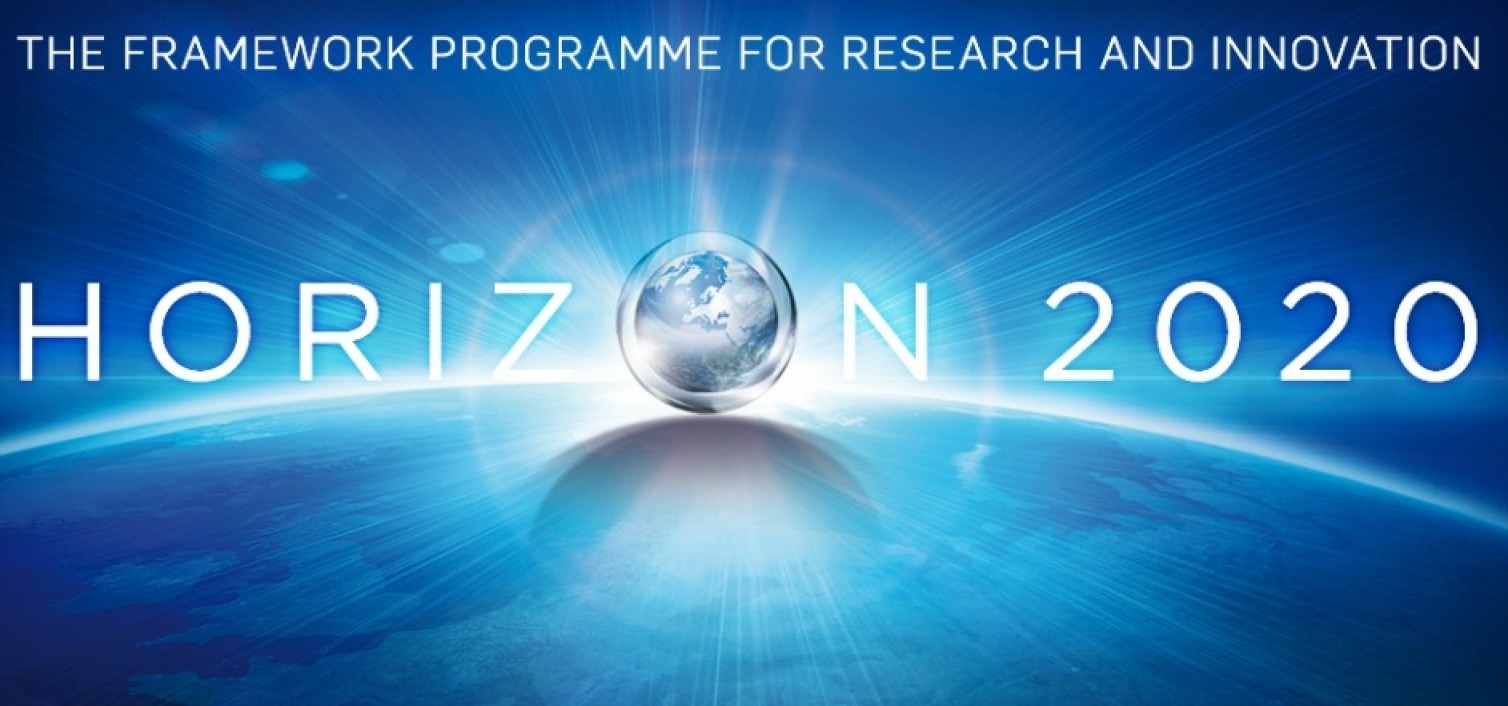The administrative burden on those applying for and managing research grants under the EU’s Horizon 2020 programme has been reduced, according to a new report from the European Court of Auditors. Most of the simplification measures introduced by the European Commission have been effective, say the auditors, although there is still room for improvement.
Horizon 2020 provides funding to researchers, research institutes, universities, private companies and public bodies, either individually or in consortia as part of collaborative research projects. With a budget of €76.4 billion for the period from 2014 to 2020, it ranks as the world’s largest public research and innovation programme.

Simplification and cutting red tape is a central aim of Horizon 2020. The auditors assessed whether the European Commission’s simplification measures had reduced the administrative burden for beneficiaries. They found that most of the measures had been effective, although not all had produced the desired results, and that there was still room for improvement. Stability in the rules is also important, say the auditors, because beneficiaries can adapt to complexity, but frequent modifications cause confusion and uncertainty.
“The simplification of research and innovation funding has been on the EU’s agenda for many years,” said Alex Brenninkmeijer, the Member of the European Court of Auditors responsible for the report. ”The process of obtaining a grant is now made more accessible for a larger population of researchers, but the Commission can still improve its support by making more effective the various interface tools, such as the helpdesk function and National Contact Points.”
The auditors found that the Commission had drawn on its experience of managing previous framework programmes. New structures, notably the Common Support Centre, have led to more coherent implementation of the programme. However, the Research Enquiry Service, which provides advice and support to applicants and participants, has not been incorporated into the Support Centre, and the level of support and guidance offered by the National Contact Points varies.
Support tools, such as the Participant Portal, have improved, and the use of electronic signatures has simplified grant award and management. However, some technical upgrades are still required, and the grants manual is difficult to navigate, especially for the inexperienced.
The time from application to signature of a grant agreement has been reduced significantly. But only a fraction of calls for proposals employ a two-stage evaluation, which impacts in particular on unsuccessful applicants. Moreover, the Seal of Excellence, intended to help the best unsuccessful proposals find funding elsewhere, has not yet been effective.
The rules on personnel costs remain complex, leading to errors in cost declarations. Negative side effects from the new approach have caused some confusion and legal uncertainty. Simplified cost options, such as lump sums and inducement prizes, could reduce the administrative burden but have not yet been sufficiently tested.
The auditors recommend that the European Commission should:
- better communicate with applicants and beneficiaries;
- intensify testing of lump sums;
- explore the possibility of making greater use of two-stage proposal evaluations;
- re-examine remuneration conditions for expert evaluators;
- increase recognition of the Seal of Excellence;
- ensure stability of the rules and guidance for participants;
- improve the quality of outsourced audits;
- further simplify tools and guidance for SMEs.
The purpose of this press release is to convey the main messages of the European Court of Auditors’ special report.
The full report is available at www.eca.europa.eu.